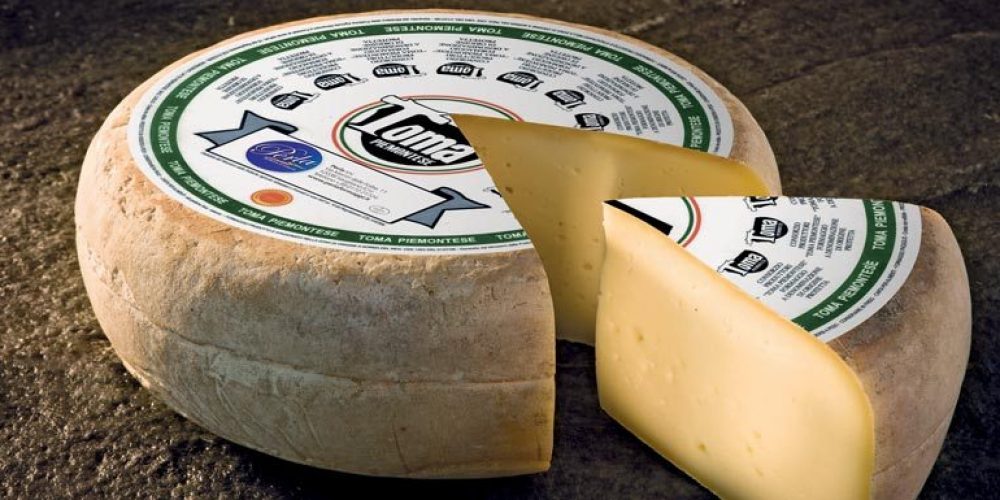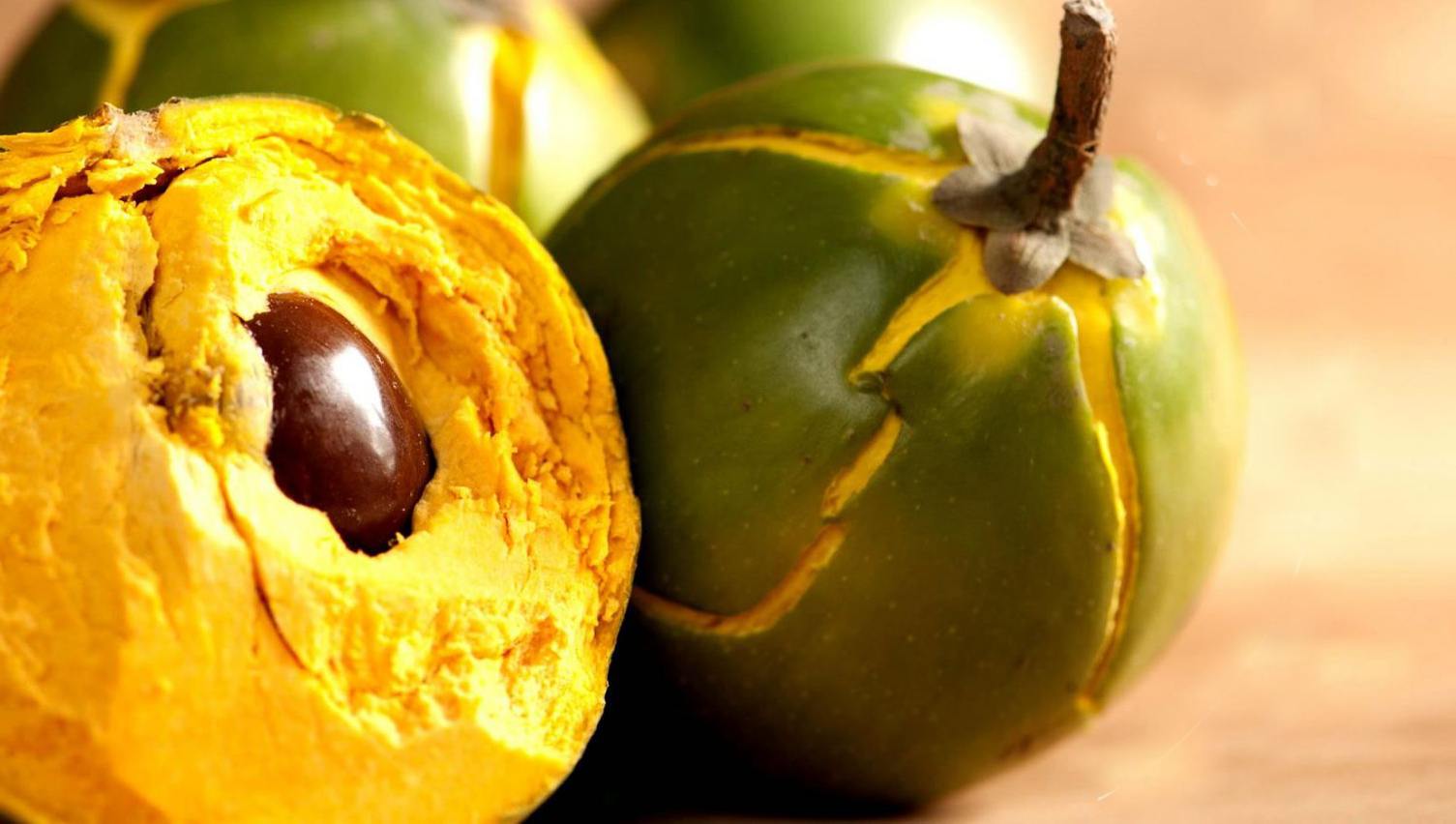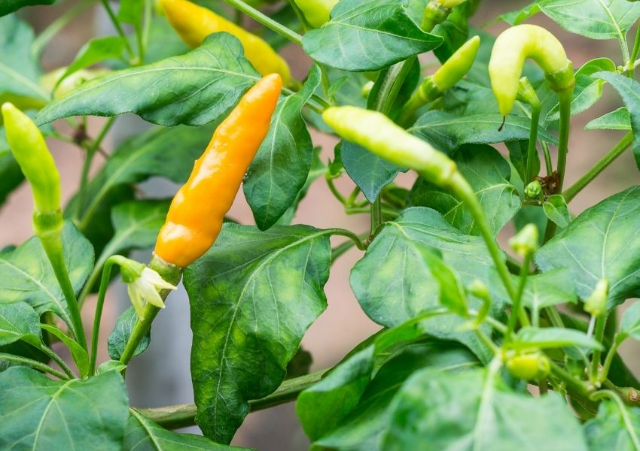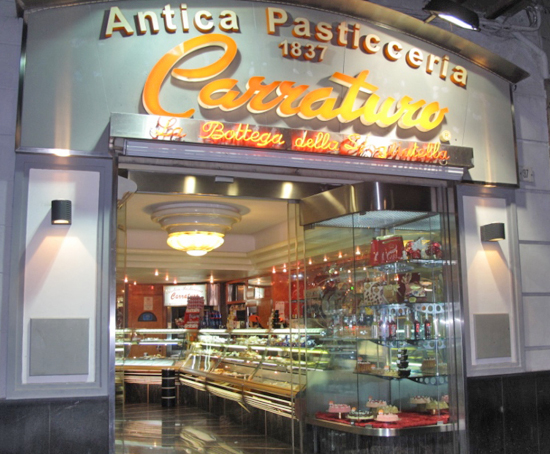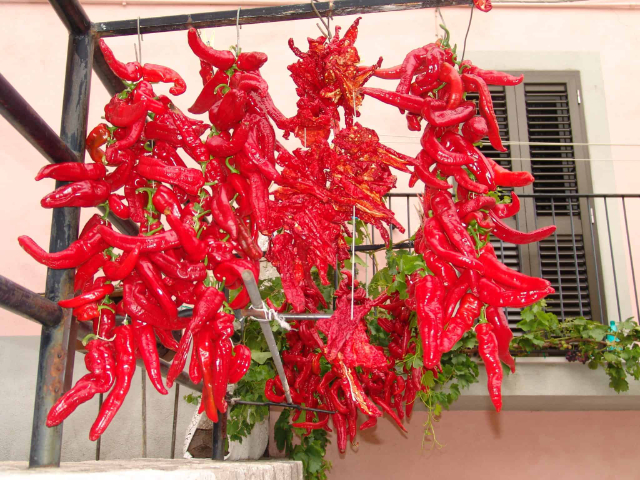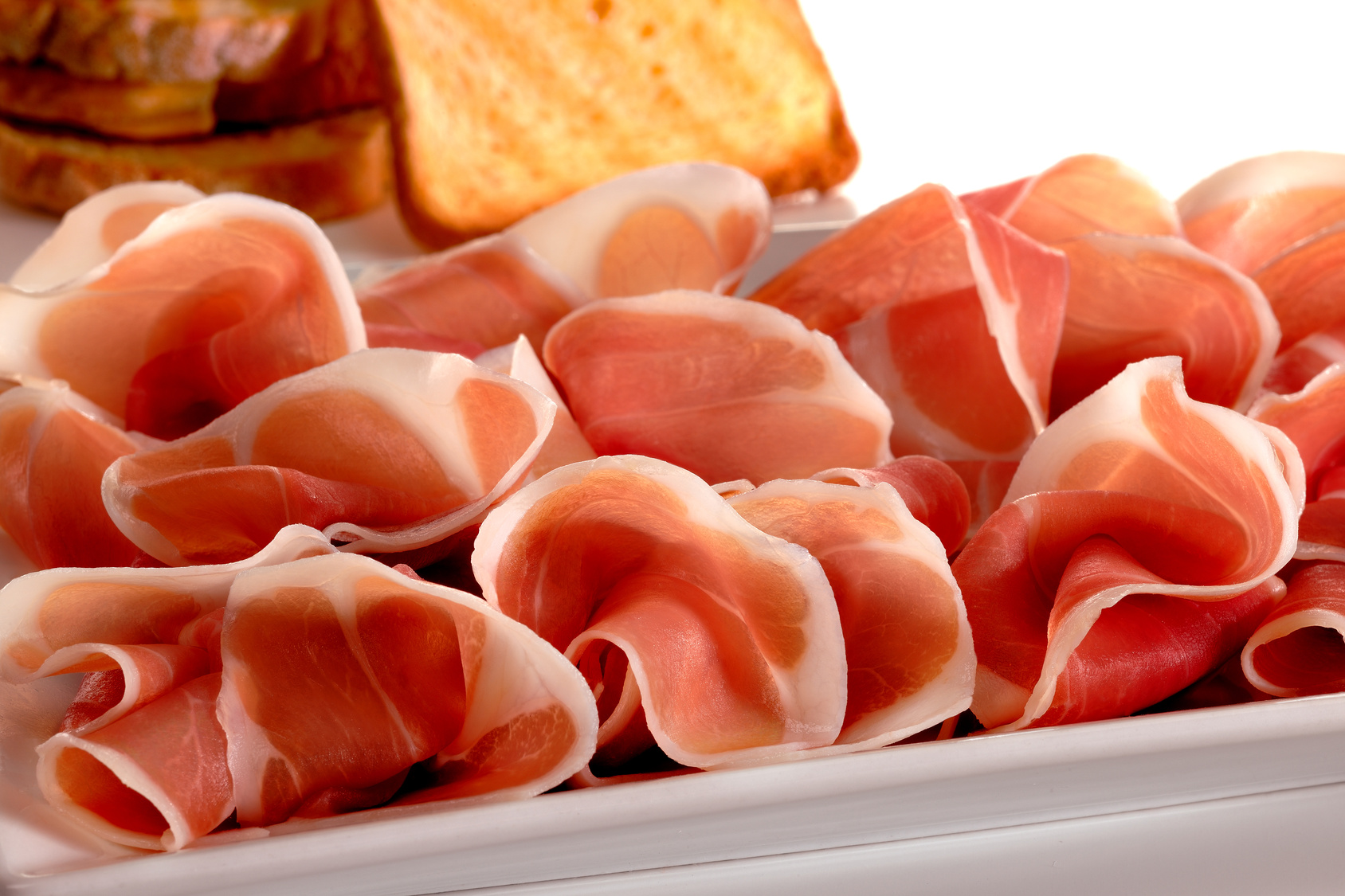Toma Piemontese’, a cheese made exclusively from cow’s milk, has origins dating back to Roman times, but only documents dating from the year 1000 contain references that identify it precisely, appearing above all in the ‘pastus’ distributed to the poor or to subordinate workers, so much so as to validate the hypothesis that it was used, at least in these early periods, as a characteristic of the working classes; it seems, in fact, that particularly piquant cheeses, known as ‘poor man’s cheeses’, were very popular.
The production of cheese is closely linked to the Piedmontese alpine area and in particular to the margari (shepherds) who exploited the mountain pastures in the summer and then descended to the valley floor or plains in the winter.
Fundamental in determining the organoleptic characteristics of the product are the environmental conditions and customary processing methods that have been handed down over the centuries.
Toma Piemontese cheese comes in two types: full-fat (soft paste) produced with whole milk and semi-fat (semi-hard paste) produced with partially skimmed milk.
